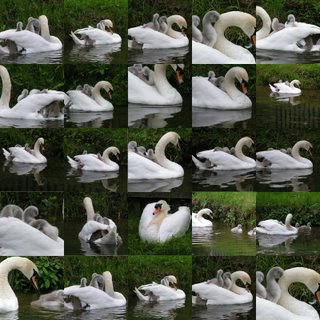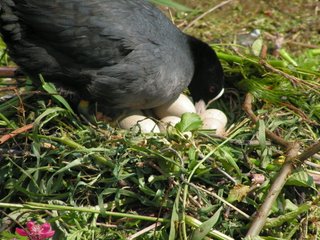The Sultan's Elephant, a forty feet high mechanical Pachyderm weighing 42 tonnes, captivated all who viewed it in central London this weekend. Created by the French company, Royal de Luxe, it was commissioned to mark the centenary of Jules Verne.
Here are some photos I took today ( click them to enlarge):
the Elephant gets ready to leave Horse Guards Parade:

Heading towards The Mall:

A rear view:
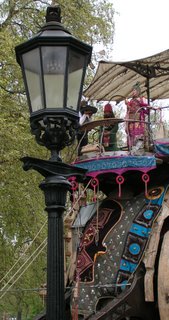
A larger than life girl accompanied the Elephant:
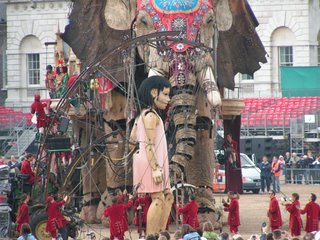
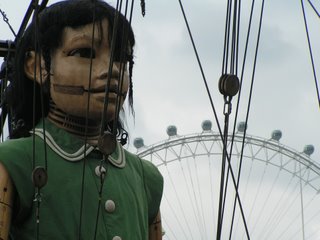
The Lifeguards kept an eye on the proceedings:
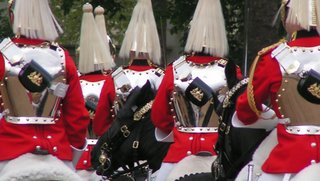
And the flower beds in nearby St. James Park were in full bloom:

Read more about the event at: http://www.thesultanselephant.com




